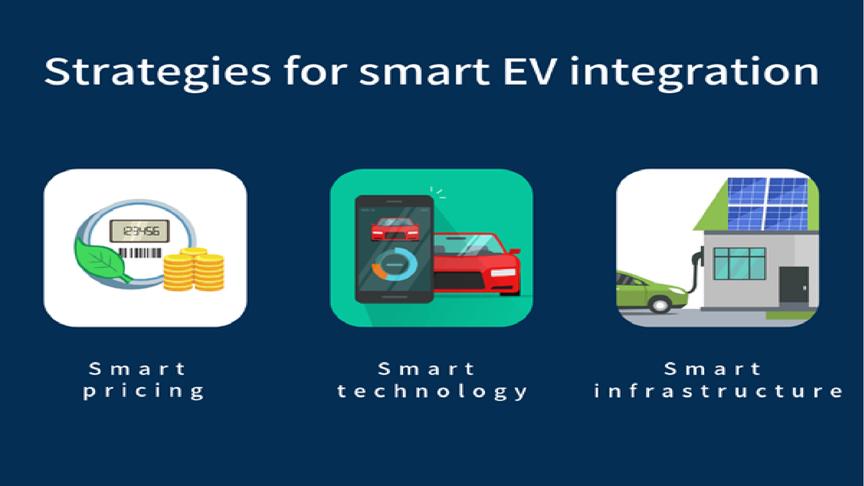Smart, or optimized, EV charging – automatically and strategically shifting when an EV charges – could significantly reduce transportation sector emissions, according to a new report from nonprofit RMI and environmental tech nonprofit WattTime.
The new report, “More EVs, Fewer Emissions: How to Maximize Emissions Reductions by Smart Charging Electric Vehicles,” found that optimized charging could result in the equivalent of 800 pounds of carbon dioxide saved per vehicle annually.
That’s equivalent to avoiding emissions resulting from 900 miles of driving by a typical gas-powered car. And that’sin addition to the emissions savings already captured by driving an EV.
Because of course, utilities in the United States are still transitioning to renewables (and some are doing a better job than others), so being thoughtful about when and how one charges will make a difference.
Lynn Daniels, a manager on the RMI mobility team and lead author of the report, said:
The transportation sector is responsible for the greatest slice of the emissions pie in the United States. Changing that requires solutions that build on technology that is already widely available.
We need to put 70 million EVs on the road and reduce transportation emissions by a whopping 45% by 2030 in order to meet crucial climate goals. Emissions-optimized smart charging can be a valuable tool to make that happen.
While EVs are already cleaner than ICE vehicles, charging 1 million EVs at the right times on today’s grid is equivalent to taking between 20,000 and 80,000 additional ICE vehicles off the road.

In a future scenario with 70 million EVs on the road (one in four cars), emissions-optimized smart charging is the equivalent of taking an additional 5.73 million ICE vehicles off the road, according to RMI.
RMI and WattTime explored daytime and nighttime charging scenarios for six US balancing authorities and compared uninterrupted or “baseline” charging with emissions-optimized charging.In their analysis, they found that a combination of faster charge time and longer dwell time (the amount of time the car is parked at a charger) allowed for the greatest emissions savings.
Two key factors leading to maximum emissions are also covered in the report: the impact of the local grid mix and EV owner charging behavior.
The report also provides clear and actionable recommendations for utilities, fleet operators, regulators, and other transportation sector stakeholders. Some samples are below, and the rest can be accessed in the report.
Read more: Home EV charging spend will exceed $16B globally by 2026, says study
UnderstandSolar is a free service that links you to top-rated solar installers in your region for personalized solar estimates. Tesla now offers price matching, so it’s important to shop for the best quotes. Click here to learn more and get your quotes. — *ad.
FTC: We use income earning auto affiliate links. More.
Subscribe to Electrek on YouTube for exclusive videos and subscribe to the podcast.








